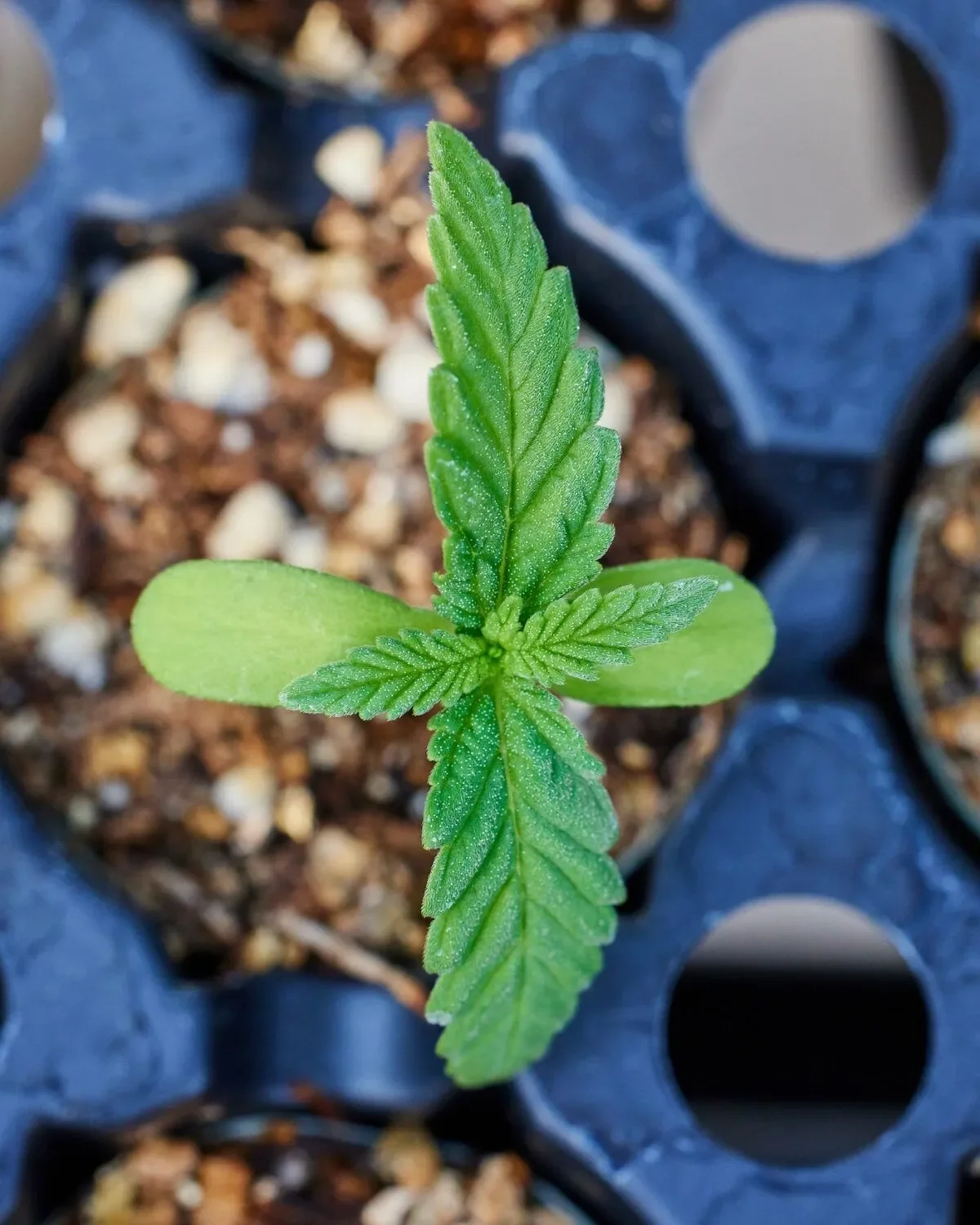Which one is for you?
Ok, its time we talk strains. Anyone who is somewhat familiar with our lady cannabis knows that she comes in some different varieties; no one plant is exactly like the other, but fortunately they tend to stay in a general family of strains.
There are three major strains: Sativa, Indica, and Hybrid. Each strain has typically different effects on the user upon consumption, whether it be smoked, vaped, eaten, or otherwise.
Sativa strains are a generally more uplifting, energizing and active experience. Those who seek an energy boost, or perhaps a strain that doesn’t cloud the brain, tend to go for a sativa. Sativas, due to their typical clear-headed nature, are popular with those who seek an active and uplifting experience without the “stoney” feeling associated with many indica strains. Cleaning the house? Going for a hike? Maybe a sativa strain is for you.
Sativa’s are also a good choice for those who seek to treat depression, due to the uplifting nature of sativa strains. Sativas are also a good choice to help treat chronic fatigue, or ADD, due to the energizing and focusing effects of the strain. Sativas, as with most all strains of cannabis, can be an excellent appetite stimulant.
Indicas are on the opposite end of the spectrum, compared to sativas. Indica strains typically have a much more sedating effect when consumed and tend to cause a profound sense of relaxation to flow through the body, with a cerebral psychoactive effect as well. Indicas are also paraphrased as “Indica, In-da-couch”.
When it comes to killing pain, most people tend to go for indicas, as the sedating effect of the strain does wonders for those who seek to treat chronic pain. Indicas are also a great choice for those who are suffering from insomnia, since the sedating effects of the strain can calm and relax the user into a state of sleepiness, a welcome feeling for those who have had trouble getting rest. Indicas, too, are an excellent appetite stimulant.
Hybrids are a mix of both sativa and indica strains, bred with each other with the intent of making a strain that encompasses the best of both worlds. Hybrids can vary dramatically between users and the effects they feel. Some will have the cerebral effects of indica paired with the body energy of sativas, others will have the opposite; sedated body of the indica with a clear mind of the sativa. There are many variety of Hybrids in the cannabis world, be sure to talk to your budtender about which strain may be right for you.
Then there are the High CBD strains. What is CBD? Short for Cannabidiol, CBD is the non-psychoactive cannabinoid in cannabis and is one of the major phytocannabinoids present in cannabis, second only to THC (Tetrahydrocannabinol).
So what does CBD do? Typically, CBD users experience little to no psychoactivity after consuming strains high in CBD. However, CBD has proven to be very beneficial as a pain reliever, anti-epileptic, anti-inflammatory, anti-spasmodic (suppresses muscle spasms), anti-psychotic (tranquilizing/manage psychosis), and anxiolytic (relieves anxiety). With the wide range of medical benefits that CBD has been seen to provide, and with the lack of psychoactivity that is seen in THC, CBD has become very popular with those who seek just the medical benefits without getting “high”.
Now that we have a little more knowledge to help guide our decision on what strain is best for us, go and try some out! Every user reacts to cannabis differently, and the only way to truly know which strain is best for you is to experience the effects for yourself. Just remember, when trying a new strain for the first time, despite your tolerance level, take it slow and steady. Manage your dosing, don’t overdo it, and most of all, enjoy yourself.
Cheers!











